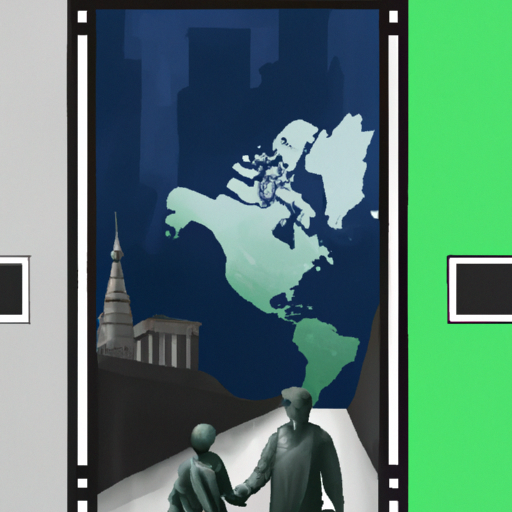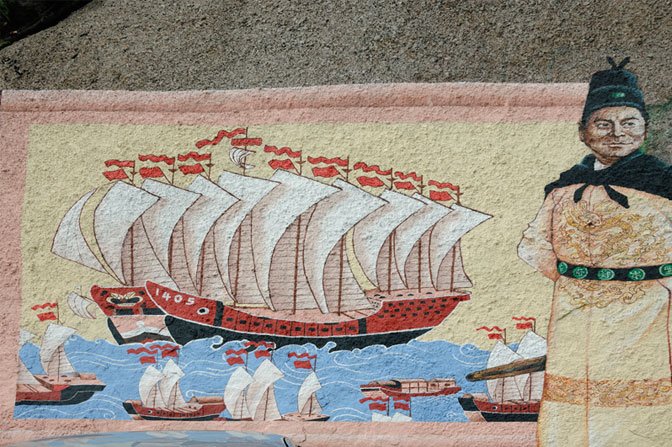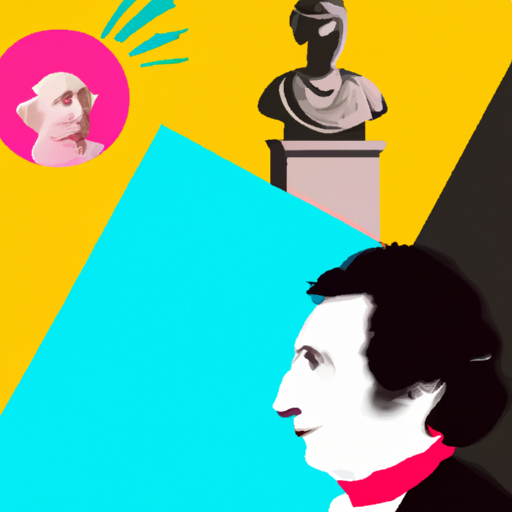Exploring the History of Human Sacrifice at Viking Funerals
Unearth the mysteries of the past and explore if Vikings were truly engaged in human sacrifice at burial ceremonies. Delve into a world of enigmas, unravelling a tale that has been shrouded in obscurity for centuries. Uncover the truth and uncover if this ancient culture really did practice such an extreme ritual.
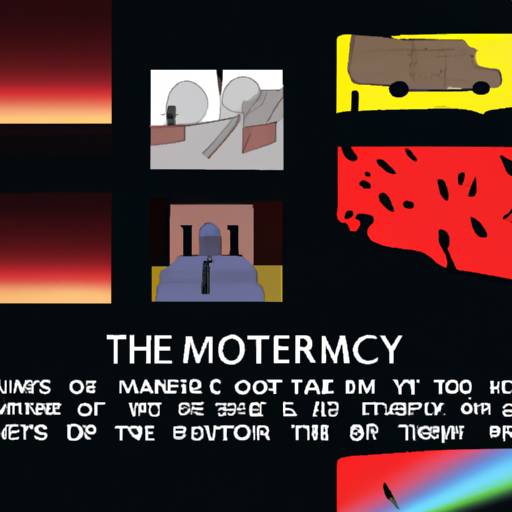
The mists of time envelop the realm of Viking culture, and with it, the possibility of human sacrifice at burial ceremonies. Archaeological evidence from Iron Age Scandinavia reveals multiple bodies interred together, hinting at a ritualistic element to their funerals. Meanwhile, written accounts from the era describe prisoners or slaves being sacrificed as part of these rites.
Still, not all Viking cultures may have engaged in such practices. Historians believe that only certain groups did so and even then it was not widespread or common. Evidence also implies that human sacrifices were used for specific political or religious purposes rather than for general funerary rites.
Today, scholars remain intrigued by the enigma of whether Vikings indeed practiced human sacrifice during burials. Through careful examination of archaeological findings and written records from the era, one can gain insight into this ancient custom and its role in Viking culture.
.
Introduction

For centuries, the concept of Vikings sacrificing humans at funerals has been a source of intense speculation. Although there is no clear-cut answer, experts in the field have postulated that human sacrifice may have been an element of these rituals. Supporting this notion are archaeological discoveries and written accounts from the era, which appear to indicate that slaves or captives in battle could have been used as offerings to honor their deceased comrades. Additionally, some warriors may even have chosen to dedicate themselves in death as part of the funeral proceedings. Despite these theories, much remains unknown about Viking funeral practices and if they included human sacrifice or not.
– Exploring the History of Human Sacrifice in Viking Funerals
A practice shrouded in mystery, the ancient tradition of human sacrifice in Viking funerals is a captivating, yet often overlooked, part of Norse culture. Believed to bring honor and power to the deceased, as well as ensure their safe passage into the afterlife, humans were not only sacrificed during funerals but also used as offerings to gods and goddesses or for rituals of fertility, protection and luck.
Evidence of human sacrifices dates back to around 800 AD, with the most common form involving burying a living person alongside the deceased in a ship burial. This was thought to provide companionship for the dead on their journey into the afterlife and give them additional power and status amongst other spirits. In some cases, slaves were used instead of family members.
In addition to live sacrifices, artifacts such as weapons, jewelry and food were buried with the dead – believed to offer protection or be used in battle against other spirits in the afterlife. Animal sacrifices were also common at Viking funerals; horses particularly favored due to their strong connection with Odin, god of war.
Though not universally accepted by all Vikings – many viewing it as barbaric and unnecessary – human sacrifice gradually fell out of favor as Christianity spread throughout Scandinavia during the Middle Ages and eventually died out by 1000 AD. Now remembered mainly through literature and archaeological finds from ancient gravesites, this history provides an insight into Norse culture’s beliefs about death and what comes after. Despite its shock factor today, it was once an important part of honoring those who had passed away – something that still resonates with many people now.
– Examining the Evidence for Human Sacrifices at Viking Burials
Mysterious and captivating, the secrets of Viking burials have long been a source of intrigue for researchers. In recent years, archaeological evidence has been unearthed that appears to suggest human sacrifice was part of funeral rites in some instances. This article delves into the discoveries made, and what they may mean for our understanding of Viking culture and religion.
At the Böksta mound in northern Germany, archaeologists uncovered a number of skeletons that displayed signs of violence and ritualistic behavior. Two adults and two children had been killed by blows to the head with an axe or hammer-like object, while their bodies were arranged in a way that indicated ritualistic practices.
Near Jutland in Denmark, another significant find was made at a burial site where three bodies had been placed in a boat-shaped grave along with weapons, jewelry, and other objects associated with Viking funerals. Two of the corpses showed wounds on their hands and feet that suggested they had been bound prior to death.
Finally, Iceland provided further evidence as several graves containing sacrificed humans were found with heads removed prior to burial. This bolsters the notion that human sacrifice may have occurred among Vikings under certain circumstances.
All these findings point towards human sacrifice having been practiced in some Viking burials. Although it is hard to discern why such actions were taken or what beliefs accompanied them, this knowledge provides valuable insight into Viking culture and religion during this period in history.
– Investigating the Role of Human Sacrifice in Viking Culture
For centuries, the mysterious practice of human sacrifice has been a source of intrigue and speculation in Viking culture. Shrouded in secrecy and shrouded in fear, it is believed that these ritualistic offerings were made to their gods, with the intention of bringing favor and success in battle or harvest. Reports suggest that human sacrifices were conducted as early as the 9th century CE, with burning victims alive or drowning them at sea being some of the most commonly used methods. It is difficult to measure the effects this had on Viking society, but it is possible that it played an important role in reinforcing their spiritual beliefs and acting as a form of social control. Even today, its legacy can still be felt in their culture and beliefs.
– Analyzing Ancient Accounts of Human Sacrifices at Viking Funerals
For centuries, the mysterious ritual of human sacrifice has been shrouded in mystery and intrigue. Many ancient sources have provided glimpses into this practice, giving us an insight into the customs and beliefs of the Vikings. To gain a fuller understanding of this ritual, it is essential to analyze these accounts more closely.
The primary source of information on Viking funerary rituals comes from Norse sagas. These stories feature descriptions of human sacrifices being made at funerals, such as Odin sacrificing himself for knowledge and power or Högni being sacrificed during his father’s funeral rites.
Archaeological evidence also offers clues about Viking funerary practices. Burial sites from this period often contain remains that suggest human sacrifice was performed at these ceremonies – weapons or other objects placed alongside the deceased’s body, or bodies with signs that they had been bound or restrained before death.
Written accounts from contemporary observers provide further insight into Viking funerary rituals and their connection to human sacrifice. For instance, Ibn Fadlan described witnessing a funeral where a slave girl was sacrificed and then cremated along with her master’s corpse – a reminder that human sacrifice was indeed practiced during Viking times.
Studying ancient accounts of human sacrifices at Viking funerals can help us understand this culture better and its beliefs surrounding death and burial rites. Through careful examination of archaeological evidence, Norse sagas and contemporary observations we can come closer to understanding what life was like for those living during this time period – including their belief in offering up humans to their gods through sacrificial rituals at funerals.
– Uncovering the Historical Significance of Human Sacrifices in Viking Society
Throughout time, a practice of profound importance has been carried out in many cultures, with the Vikings being no exception. To comprehend the significance of human sacrifice in Viking society, it is essential to analyze how it was implemented. Generally, those sacrificed were either criminals or slaves who had committed offences or were deemed undesirable by the people. Human sacrifice was often done by burning or drowning victims alive as these methods were believed to be more pleasing to the gods than other forms of execution such as hanging or beheading.
A renowned example of human sacrifice in Viking culture is that of King Olaf Tryggvason who was killed in 995 CE after he refused to convert to Christianity. This act was thought to be an offering to Odin, god of war and death, and supposedly helped Olaf’s forces achieve victory against their enemies. Despite its eventual abolishment by Christian rulers in the 11th century, human sacrifice still remained a crucial part of Viking culture and had a fundamental role in their beliefs and rituals. Examining the historical importance of human sacrifices can provide us with invaluable knowledge concerning this remarkable culture and its practices.
conclusion
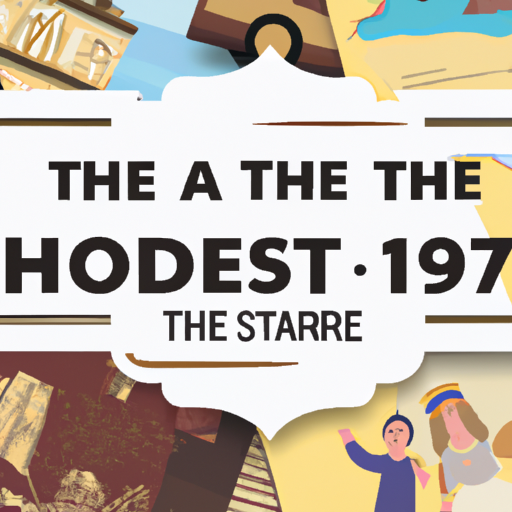
A perplexing question arises: what, then, did Vikings do to honor the dead? Historical evidence suggests that, whilst there have been reports of human sacrifices being made in connection with religious ceremonies and offerings to deities, such occurrences were likely uncommon. Rather, Viking funerals appear to have been more centered on commemorating the life and achievements of the deceased.
.
Some questions with answers
Q1: Did Vikings sacrifice humans at funerals?
A1: Yes, according to archaeological and historical evidence, the Vikings did practice human sacrifice at funerals.
Q2: What type of evidence suggests that the Vikings sacrificed humans?
A2: Archaeological evidence such as grave sites containing human remains with signs of ritual sacrifice, as well as written records from contemporary sources suggest that the Vikings practiced human sacrifice at funerals.
Q3: When did the practice of human sacrifice begin among the Vikings?
A3: It is believed that the practice began in the 8th century and continued until around the 11th century.
Q4: How were humans sacrificed during Viking funerals?
A4: The most common method of sacrificing a human was by strangulation or drowning, although there are also reports of burning and even hanging victims during Viking funeral rituals.
Q5: What was the purpose of sacrificing humans during Viking funerals?
A5: Human sacrifices were believed to be a way for the deceased to gain favor with Odin, god of war and death in Norse mythology. It was also thought to be an offering to ensure a safe journey into the afterlife.

